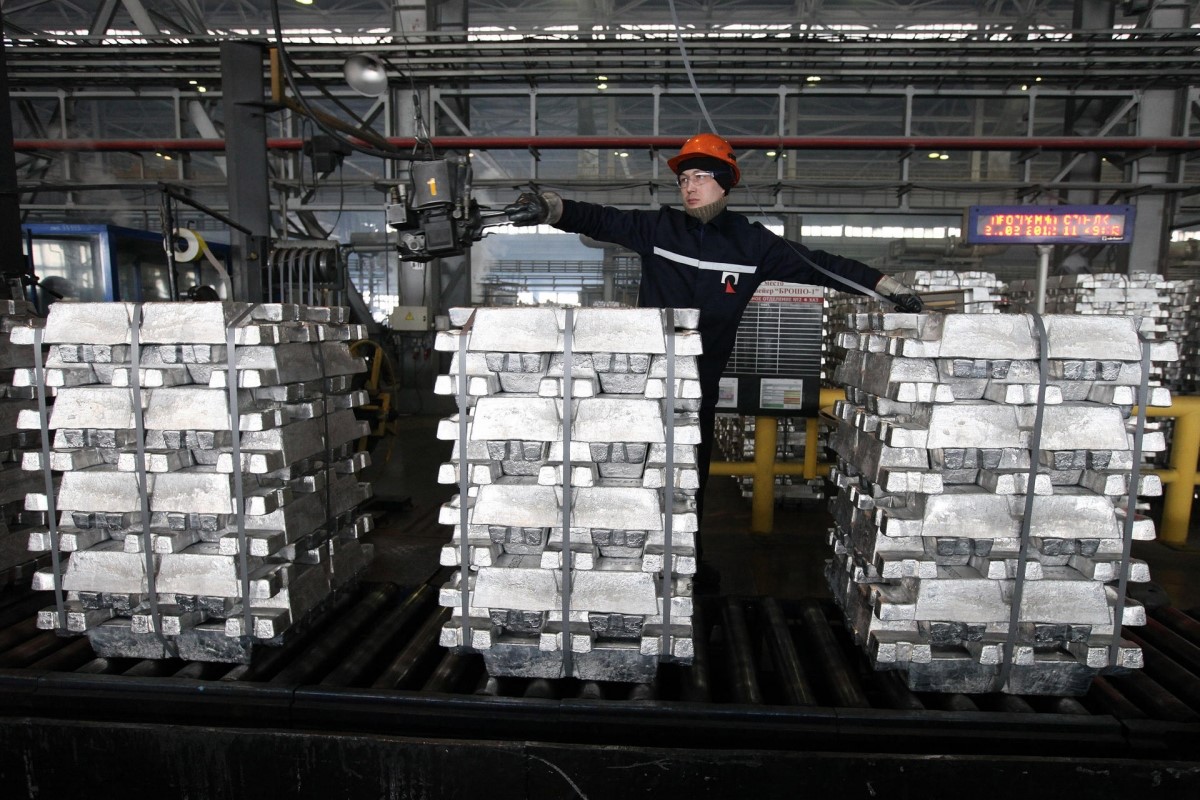

According to the data shown by the Shanghai Metals Market, China produced 3.315 million tonnes of aluminium in March 2022, a decrease of 0.92 per cent year-on-year. Also, the daily average output stood 1,000 tonnes per day lower over the year to 106,900 tonnes but edged a hike of 1,700 tonnes per day month-on-month.

From January to March 2022, China produced 9.465 million tonnes of aluminium in total, a drop of 2.8 per cent from the same period last year.
China’s domestic aluminium production recommenced in March, along with many new capacities came into operation. In Yunnan and Guangxi, new and resumed aluminium capacity totalled 998,000 tonnes.
With no production cuts in entire March, national aluminium production capacity reached 39.974 million tonnes as of early April. The effective built-up capacity stood at 44.047 million tonnes, with operating rates at 90.8 per cent.
The resurgence of COVID pandemic has affected the conversion of aluminium liquid in some aluminium plants. According to SMM research, aluminium liquid accounted for 63 per cent of the total aluminium production in March, up 1.8 per cent on the month.
In April, the domestic supply of the metal is expected to grow, with the resumption of aluminium production capacity and new production into operation in Yunnan and Guangxi. About 40.3 million tonnes of aluminium operating capacity is expected to reach at the end of April. The output is anticipated to come in at 3.32 million tonnes, up by 1.9 per cent.
The recurrence of the pandemic has also impacted the demand for aluminium in China, affecting the normal production of domestic aluminium value chain. With the decline in aluminium demand, the supply-demand ratio in the aluminium market disrupted. In the first half of April, social inventories of aluminium are most likely to increase until the pandemic recovers and consumption rises. At the end of April, social inventories are expected to reach 1.1 million tonnes.



Responses






